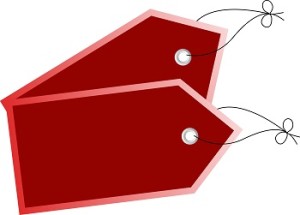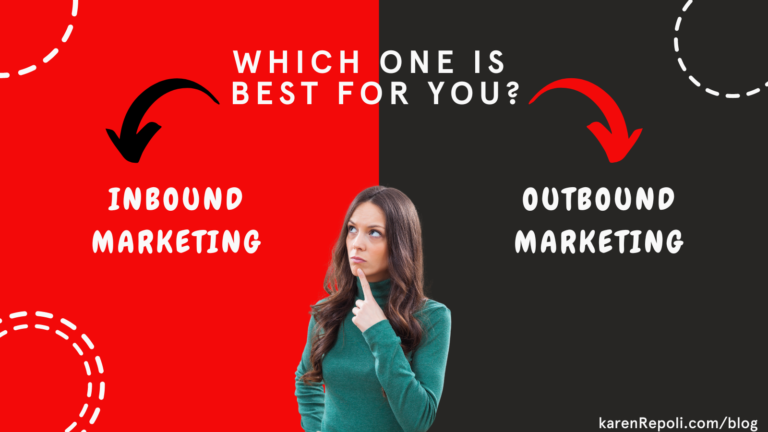There is a lot of talk among entrepreneurs about inbound and outbound marketing. They differ in their focus and techniques. Outbound marketing generally involves advertising, cold calling, direct mail and other aggressive techniques to reach the largest number of people possible. If you prefer a more subtle approach, inbound marketing is for you.
Inbound marketing is promoting your business through blogs, podcasts, video, eBooks, e-newsletters, whitepapers, SEO, physical products, social media marketing, and other forms of content marketing which serve to attract customers through the different stages of the purchase funnel. (Wikipedia)You will attract people to your product or service based on a common interest or desire to learn more. Entrepreneurs and small businesses prefer inbound rather than outbound marketing for a number of reasons.
The Price of Inbound vs. Outbound
 Outbound marketing can be expensive. It often involves printing and mailing materials or spreading your message through television, radio or other media. The cost of outbound marketing can put it out of reach for smaller businesses and solopreneurs. Inbound marketing is less expensive or free and, you can outsource the expertise you need to do it. You create your website and it attracts prospects for you. You do most of the work on the front end building your site and traffic strategy rather than the continual daily work of outbound marketing.
Outbound marketing can be expensive. It often involves printing and mailing materials or spreading your message through television, radio or other media. The cost of outbound marketing can put it out of reach for smaller businesses and solopreneurs. Inbound marketing is less expensive or free and, you can outsource the expertise you need to do it. You create your website and it attracts prospects for you. You do most of the work on the front end building your site and traffic strategy rather than the continual daily work of outbound marketing.
People Tune out Advertising
Outbound marketing means putting your message in front of people whether they want to hear it or not. As a result, its techniques are often intrusive and annoying. People have begun to tune it out. Just think of all the junk mail you throw away on a daily basis. The average rate of return on direct mail campaigns is generally 1/2 to 2 percent, according to JWM Business Services. We have caller ID, spam filters, no-call lists and other ways to ignore marketing that comes to us.
Inbound marketing is more natural. You put your message in front of your target market and they’re compelled by their own curiosity and interest to see what you have to offer.
Two-Way Communication
 One huge advantage of inbound marketing is that it’s a form of two-way communication. The customer interacts with the business in a dialog. They post on the company’s Facebook wall, comment on business blogs, or take part in contests. When they participate, they become invested and engaged. People want to be in control of the information they get and this makes them more receptive to your message.
One huge advantage of inbound marketing is that it’s a form of two-way communication. The customer interacts with the business in a dialog. They post on the company’s Facebook wall, comment on business blogs, or take part in contests. When they participate, they become invested and engaged. People want to be in control of the information they get and this makes them more receptive to your message.
Marketing for Non-Marketers
One of the reasons anybody can do inbound marketing is that it doesn’t feel like marketing. To market traditionally through direct mail or cold calling takes a certain amount of aggressiveness and sales skill. Not everyone can do that. With inbound marketing, you provide valuable content that helps people and they come to you. It’s not “selling” in the traditional sense, so it’s more appealing to those who hate the image of the pushy salesman and feel uncomfortable pushing their message.
The Downside of Inbound Marketing
The only real downside of inbound marketing is that there are so many things to learn. While the methods used in direct marketing are proven and established, inbound marketing online is largely new and constantly changing. You have to invest some time into learning traffic-building strategies and search engine optimization or outsource to a professional content marketer. There’s quite a bit of trial and error.
Without a doubt, the best marketing campaigns use both inbound and outbound marketing techniques. You might create a website and drive traffic to it, while also generating leads proactively by contacting prospects.
If you would like to learn more about inbound marketing, subscribe to our weekly, HIT Tips newsletter.



